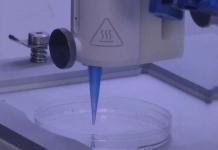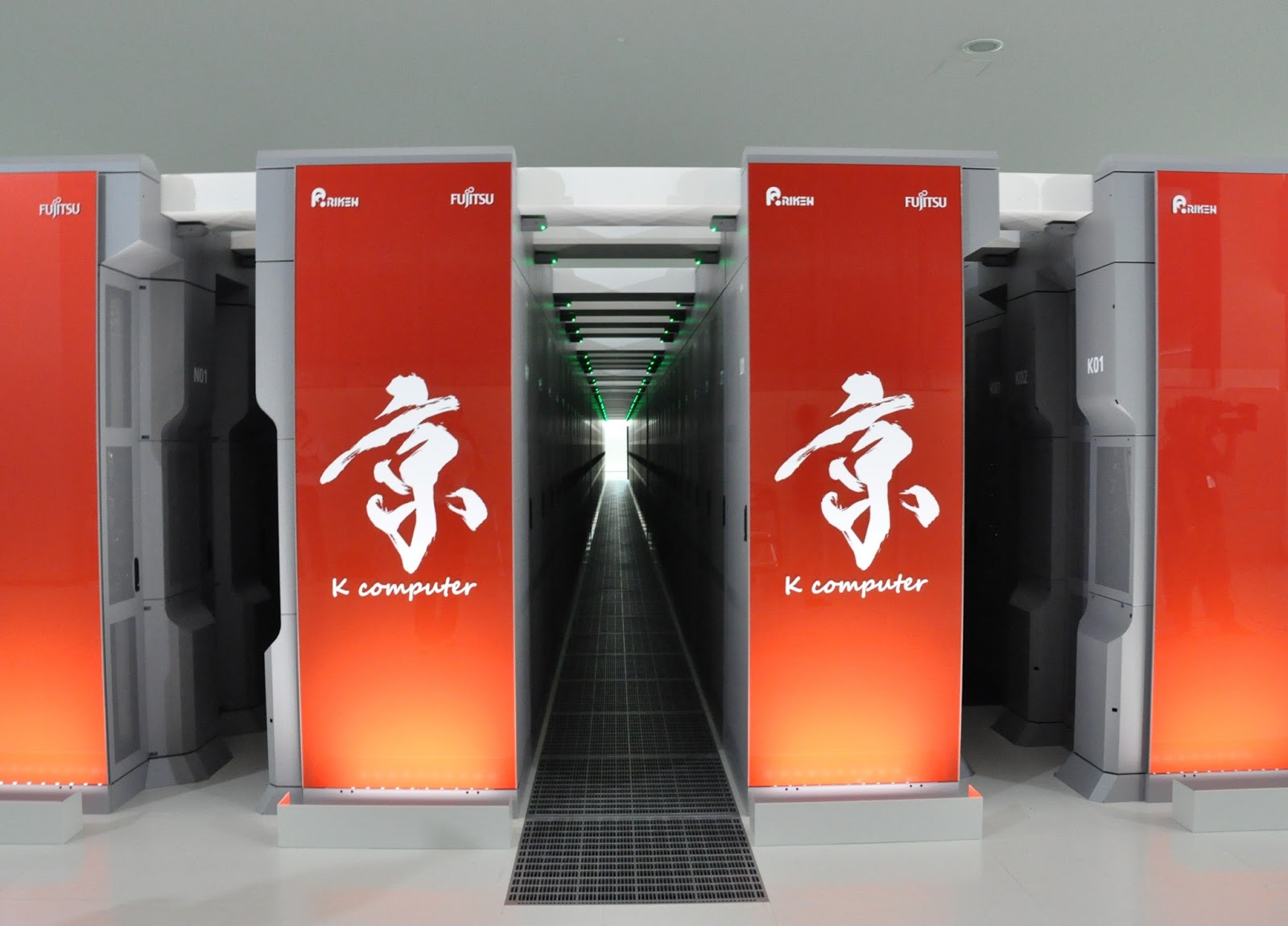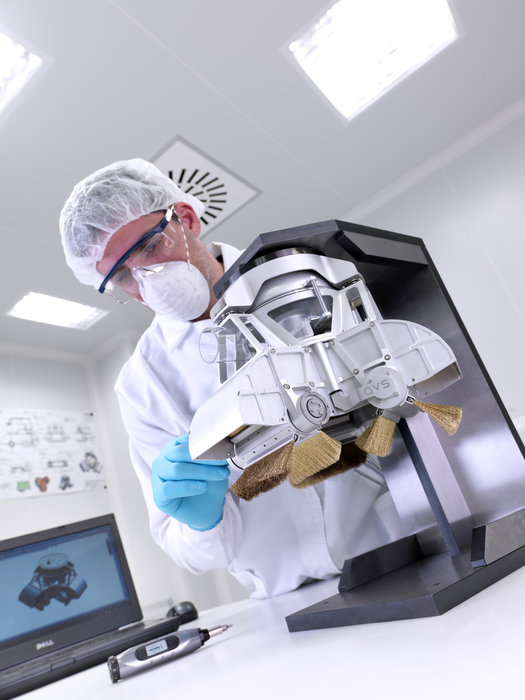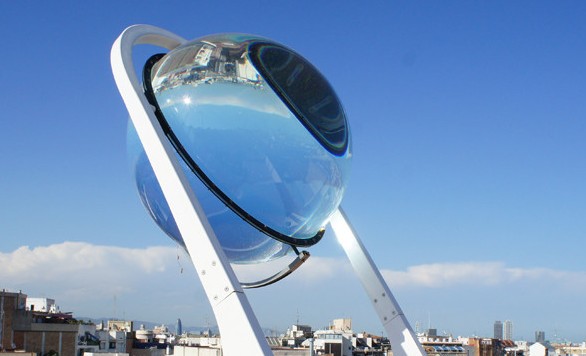If last year, scientists at UCSD created a temporary tattoo sensor capable of monitoring lactate levels, this time around the researchers are trying to demonstrate that the same sensor can be improved to turn sweat into the energy necessary for powering small gadgets.
Sweat is a common thing, at least during summer months, so a team of researchers at University of California in San Diego started wondering why exactly couldn’t this be used as a source of energy. I don’t want to be mean, but writing the previous phrase made by think at hundreds of people working out on stationary bikes in order to power some device. After all, this is exactly how 10 healthy volunteers tested out the sweat biobattery.

Wenzhao Jia, a postdoctoral student in the lab of Joseph Wang, D.Sc., at UCSD, explained that “The current produced is not that high, but we are working on enhancing it so that eventually we could power some small electronic devices. Right now, we can get a maximum of 70 microWatts per cm2, but our electrodes are only 2 by 3 mm in size and generate about 4 microWatts – a bit small to generate enough power to run a watch, for example, which requires at least 10 microWatts. So besides working to get higher power, we also need to leverage electronics to store the generated current and make it sufficient for these requirements.”
The idea itself is not bad at all, but the numbers need to be increased exponentially in order to make the sensor viable. Indeed, biobatteries such as this one recharge faster and rely on reusable sources of energy, but we can’t produce sweat all day long (well, that really depends very much on the climate). Knowing that there have been incidents of smartphone batteries exploding and hurting people, or simply leaking, I realize that there’s yet another advantage to this sweat biobattery.
This innovative concept also reminded me of an African woman’s project of turning urine into energy. I guess such things show just how inventive some people can be when it comes to generating energy using never-heard-before sources. Kudos to such people who aren’t afraid to experiment with unusual things!
Check out the following video to see in detail how the temporary tattoo lactate sensor is supposed to work:
Be social! Follow Walyou on Facebook and Twitter, and read more related stories about SmartDot’s fast-charging smartphone battery, and the Xtorm solar powered battery case for SGS4.










